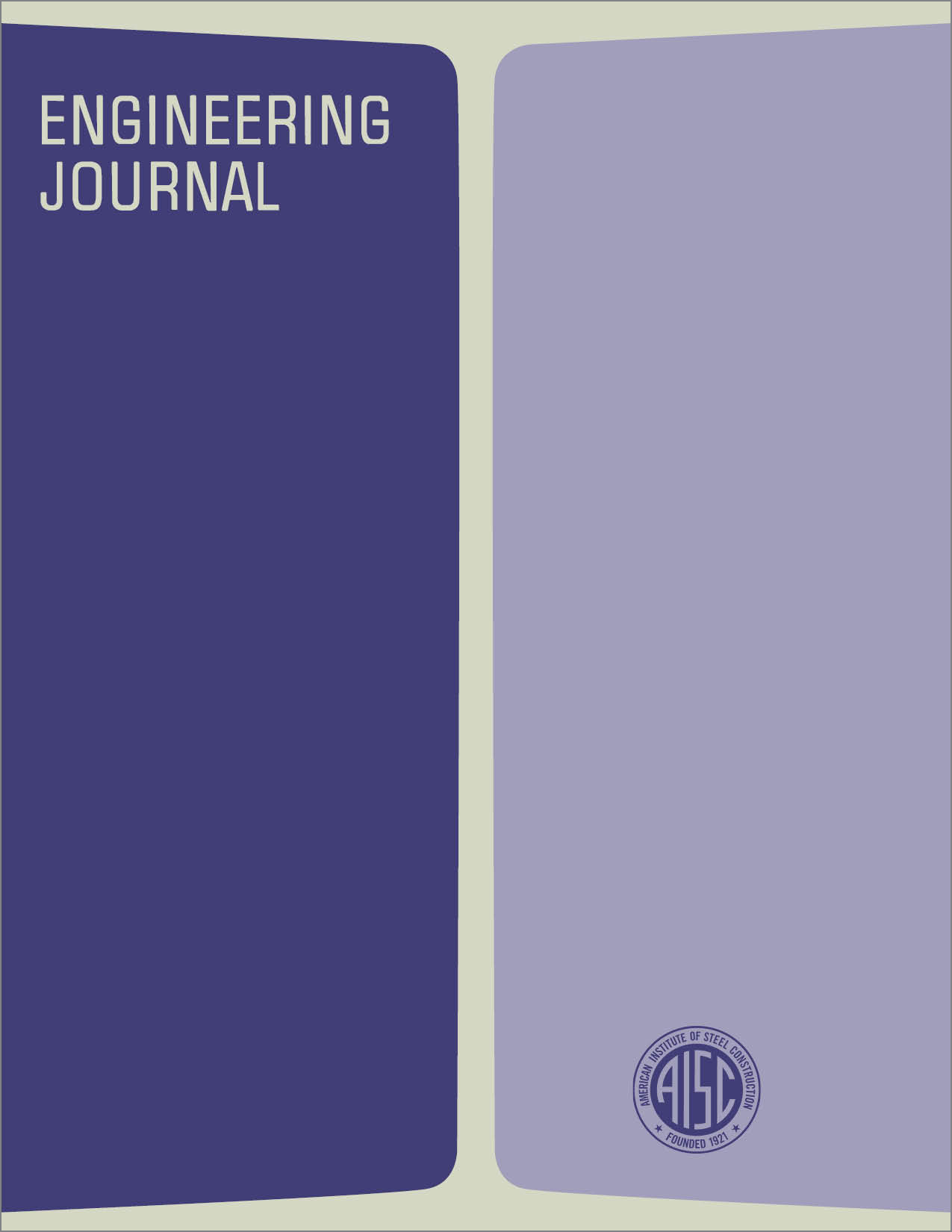Partial Tube Concept for Mid-Rise Structures
DOI:
https://doi.org/10.62913/engj.v11i4.232Abstract
The traditional structural systems for mid-rise structures (20 to 40 stories) generally consist of either a "frame" system or a frame combined with interior vertical trusses in the core of the building. Both approaches usually involve extensive field welding of beam-to-column connections to develop frame action. The advantages of tubular behavior over frame behavior are well known. The use of complete tubular systems has been confined to extremely tall structures such as the Sears Tower, World Trade Center, and the John Hancock Building in Chicago. The "partial tube" concept takes advantage of tubular behavior by developing the entire wind resisting system on the exterior face of the building. For a mid-rise structure, all the exterior columns are not required to develop the resistance to wind forces. Consequently, a logical structural system is a partial tube system which engages only the required number of exterior columns to develop wind resistance. The writer has developed the partial tube concept on two major structures. Figure 1 shows the 35-story 101 Marietta Building in Atlanta. The building is trapezoidal in floor plan. Figure 2 shows the 32-story Town Center Tower in Southfield, Michigan. This tower is rectangular in floor plan. The structural concepts are similar for the two towers; the Town Center Tower will be described, as it has a simpler geometrical shape.

